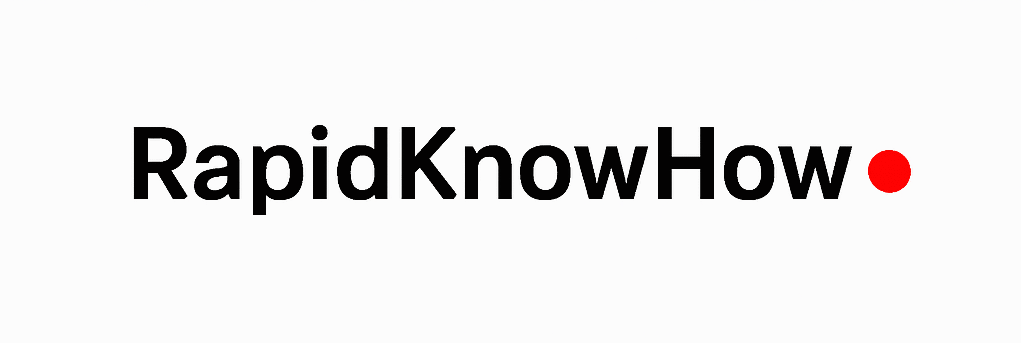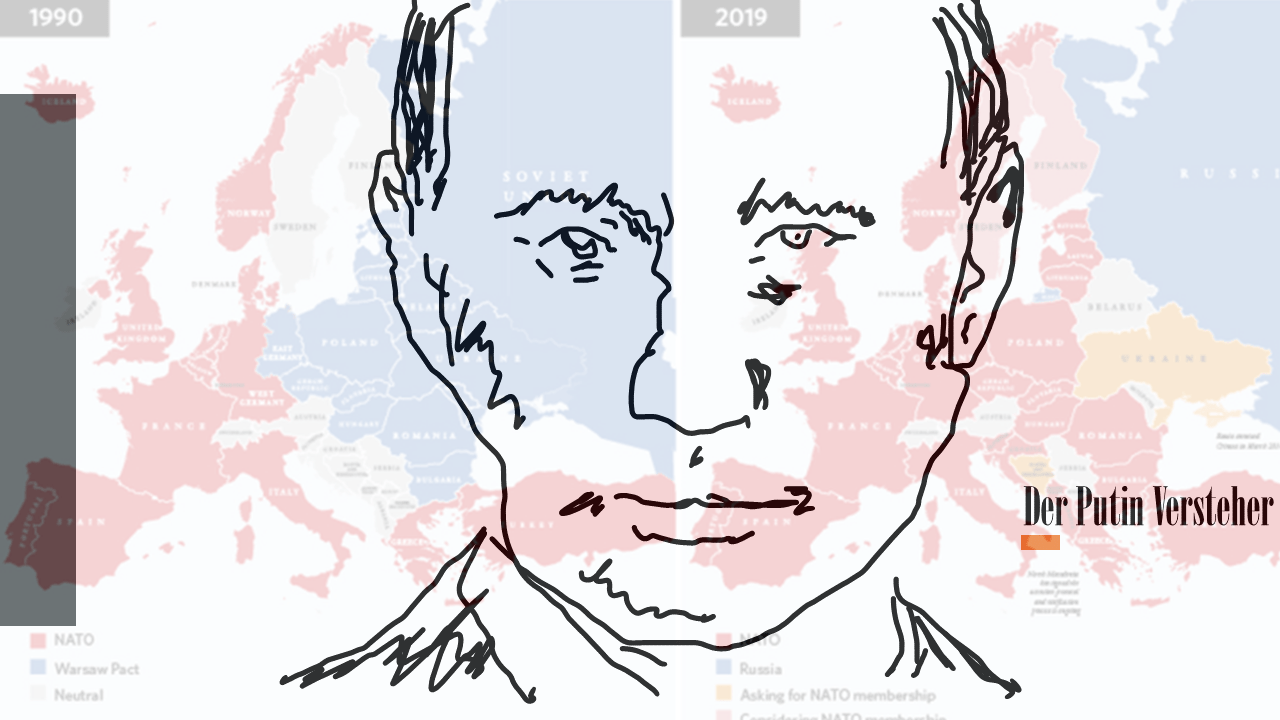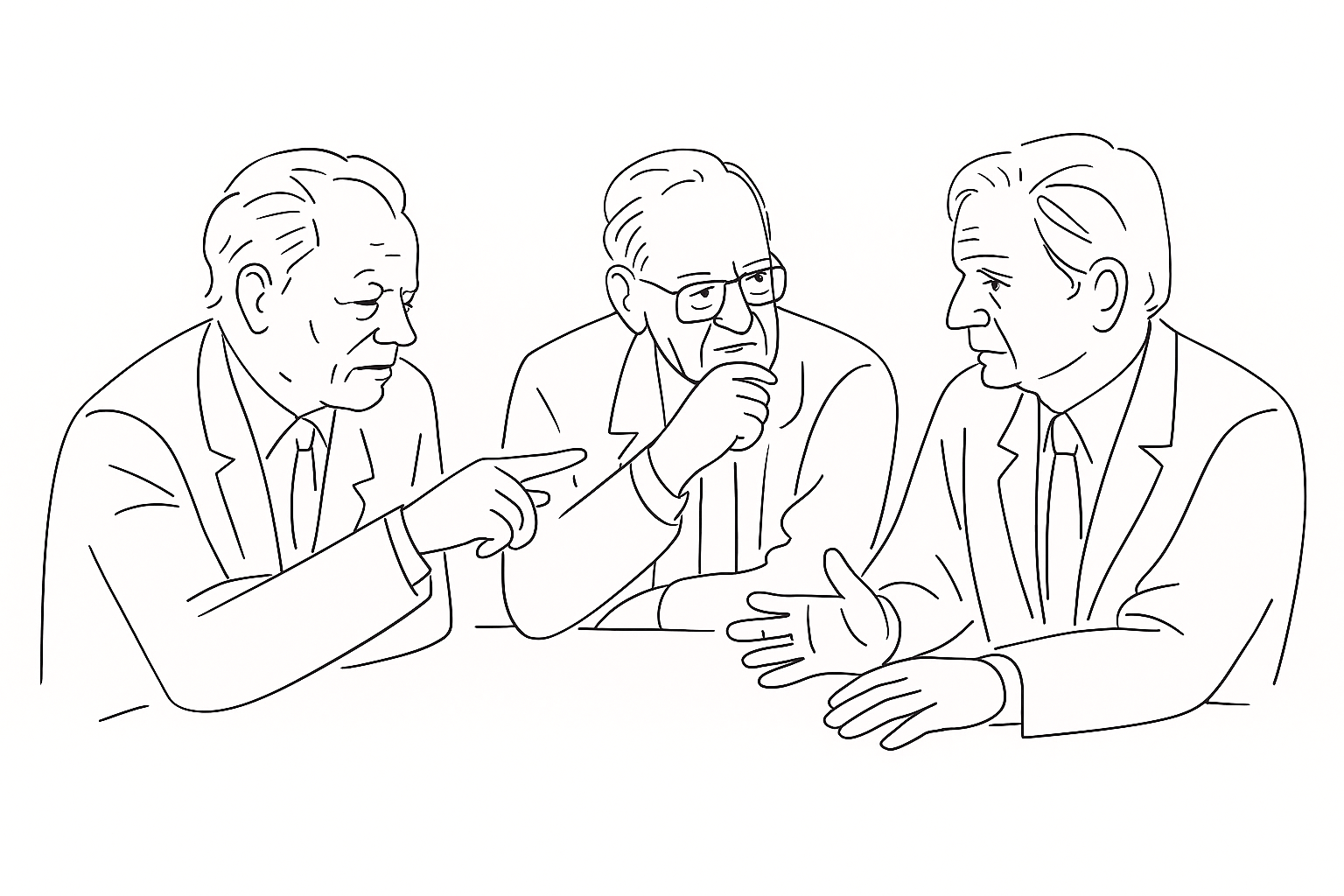CASE STUDY: AUSTRIA 🇦🇹 — Total Reverse System (TRS) 2025–2030
Reversing Dependence into Digital Sovereignty and Sustainable Prosperity
1. Strategic Context
Austria enters the 2025–2030 decade as a mature but structurally rigid economy — strong in traditional industries (energy, machinery, industrial gases, healthcare), yet burdened by bureaucratic inertia, fragmented innovation systems, and limited digital sovereignty.
The Total Reverse System (TRS) framework offers a way to reverse these dependencies by transforming Austria from a state-dependent economy into a self-sustaining, AI-driven innovation ecosystem.
2. The TRS Logic Applied to Austria
“Reverse bureaucratic dependency → build AI-powered autonomy.”
The Austrian TRS Strategy must integrate:
- TIL – Total Independent Life: Empower individuals and SMEs to lead their economic and creative lives independently.
- TAS – Total Automatic System: Automate public and business services, replacing manual, form-based processes with AI and open data.
- AI³ Integration: Connect citizens, businesses, and governments through transparent, learning systems that optimize decisions continuously.
3. Five Core Reversals for Austria 2025–2030
| Reversal | From | To (TRS Goal) | Strategic Leverage |
|---|---|---|---|
| 1. Inputs | Information chaos, policy talk, paper bureaucracy | AI-curated insight dashboards guiding real actions | Data integration & automation across ministries |
| 2. Control | Centralized ministries & top-down funding | Distributed innovation cells (SMEs, local councils) | AI-assisted participatory governance |
| 3. Outputs | Policy programs without measurable ROI | Performance dashboards tracking impact (ROICE) | AI-powered decision platforms |
| 4. Feedback | Yearly audits & reactive reforms | Real-time transparency & self-correction | Open Data + Citizen Dashboards |
| 5. Ownership | State-centric monopolies in energy, healthcare, education | Public-private licensing ecosystems | TAS-driven service marketplaces |
4. Sector-by-Sector TRS Impact
A) Business & Industry
Current Dependency: Heavy regulation, high tax friction, weak digital transformation.
Reversal Strategy:
- Apply TAS (Total Automatic Systems) to logistics, healthcare, and industrial gas sectors.
- Replace static compliance with self-auditing digital workflows.
- Promote AI-driven SME ecosystems under public-private “Digital Mittelstand” programs.
Winners: - Firms embracing AI workflows, licensing innovation, asset-light models.
Laggards: - Legacy companies relying on subsidies, bureaucracy, or captive markets.
B) Geopolitics
Current Dependency: EU subsidies, NATO security umbrella, global trade exposure.
Reversal Strategy:
- Strengthen regional alliances (Central & Eastern Europe) around shared AI and energy infrastructure.
- Build neutral digital corridors connecting East-West innovation.
- Apply TRS to foreign policy: from alignment dependency → to strategic autonomy.
Winners: - Austria as neutral AI hub linking EU, Balkans, and Asia.
Laggards: - States staying dependent on large bloc politics without digital leverage.
C) Politics & Governance
Current Dependency: Central bureaucracy, politicized appointments, reactive crisis management.
Reversal Strategy:
- Introduce AI-assisted governance dashboards for transparency and decision tracking.
- License best governance systems (e.g., digital health, smart infrastructure) to municipalities.
- Replace “ministries as silos” with dynamic cross-sectoral task forces measured by results.
Winners: - Mayors and ministers using TRS Dashboards to deliver measurable outcomes.
Laggards: - Political actors maintaining opacity and status-driven decision cycles.
D) Education & Innovation
Current Dependency: Outdated curricula, slow universities, disconnected startups.
Reversal Strategy:
- Create AI-driven lifelong learning systems linking citizens, employers, and institutions.
- License 30-Day Learning Sprints for rapid skill-building in AI, sustainability, and entrepreneurship.
Winners: - Educational innovators who turn knowledge into licensed systems.
Laggards: - Universities refusing to reform and still teaching 20th-century models.
E) Society & Life
Current Dependency: Welfare-state mindset, dependency on government support.
Reversal Strategy:
- Implement TIL (Total Independent Life) programs empowering citizens to build automated income systems.
- Teach financial and digital self-leadership in schools and adult education.
Winners: - Citizens with digital assets, licensing models, and system-thinking skills.
Laggards: - Those relying solely on state redistribution or traditional employment.
5. TRS Scoreboard: Austria’s Readiness 2025–2030
| Dimension | Current Level (2025) | TRS Target (2030) | Change Potential |
|---|---|---|---|
| Digital Autonomy | Medium | High | ★★★★☆ |
| AI Infrastructure | Low-Medium | High | ★★★★☆ |
| Bureaucratic Complexity | High | Low | ★★★★★ |
| Innovation Ecosystem | Medium | Very High | ★★★★☆ |
| Citizen Empowerment | Low | High | ★★★★☆ |
| Licensing/Automation Models | Emerging | Advanced | ★★★★☆ |
Overall TRS Readiness Score 2025: 58/100
Projected 2030 Score (if TRS adopted): 85/100
6. Winners & Laggards 2025–2030 (Austria)
| Winners | Why They Win |
|---|---|
| Digital SMEs & AI Startups | They use TAS to scale globally with minimal cost. |
| Innovative Mayors | They apply TRS dashboards for measurable results. |
| HealthTech & Energy AI Firms | They license AI-based optimization systems. |
| Independent Professionals | They build automated income via PowerPosts, PowerBooks, and Licenses. |
| Laggards | Why They Lag |
|---|---|
| Bureaucratic Ministries | Resistant to automation and transparency. |
| Traditional Corporations | Locked into subsidy and hierarchy logic. |
| Politicians without System Thinking | Fail to deliver measurable public value. |
| Dependent Employees | Lack digital and entrepreneurial autonomy. |
7. Austria’s TRS Opportunity 2030 Vision
By 2030, Austria could reposition itself as a “Digital Neutral Powerhouse” — an agile, transparent, AI-enabled democracy that exports Trust, Transparency, and Technology.
Its success depends on reversing dependency in five domains: energy, data, education, governance, and citizen empowerment.
Key Vision Statement:
Austria 2030: A Nation of Independent Minds and Automated Systems.
Freedom through Transparency. Prosperity through Automation.
8. Recommended Strategic Actions 2025–2030
- National AI Integration Plan: Accelerate AI infrastructure and education.
- Bureaucracy Reversal Program: Digitize and license administrative workflows.
- TRS Innovation Fund: Finance automation and licensing startups.
- Citizen Licensing Platform: Enable individuals to monetize know-how.
- AI Transparency Dashboard: Provide real-time insight into public budgets, emissions, and impact.
9. Conclusion
Austria stands at a strategic inflection point: remain a dependent, administratively heavy welfare state or become a thriving, self-automated innovation ecosystem.
The Total Reverse System (TRS) provides the architecture for this transformation — turning public institutions, businesses, and citizens into interconnected, self-optimizing systems.
Austria’s destiny 2025–2030 will be decided by one question:
Will the nation automate dependency — or depend on automation built elsewhere?
RapidKnowHow + ChatGPT | Austria TRS Case 2025–2030
Lead Your Life. Reverse Your System. Automate Your Freedom.
ÖSTERREICH 2025–2030
Vom WKO-Staat zum TRS-Staat
Von Kontrolle und Klientel zur Kompetenz und Kooperation
1. Ausgangspunkt 2025: Der WKO-Staat
Im Jahr 2025 gleicht Österreich einem WKO-Staat – einem Geflecht aus Wirtschaftskammer, Bürokratie und Parteien, das auf Kontrolle, Abhängigkeit und Besitzstandswahrung basiert.
Kernmerkmale:
- Institutionelle Erstarrung: Ministerien, Kammern und Verbände blockieren sich gegenseitig.
- Politische Verflechtung: Förderungen und Posten sind wichtiger als Leistung und Innovation.
- Klientelismus statt Kompetenz: Zugehörigkeit schlägt Ergebnis.
- Digitalisierungsillusion: „eGovernment“ bedeutet PDF-Upload statt echter Prozess-Automation.
- Angst vor Autonomie: Selbstständigkeit gilt als Risiko, nicht als Stärke.
Das Ergebnis:
Ein saturiertes System, das Zeit, Geld und Vertrauen verbraucht – aber kaum neuen Wohlstand schafft.
2. Der Wendepunkt: 2025–2026
Globale und europäische Entwicklungen erzwingen Veränderung:
- Künstliche Intelligenz ersetzt Routinearbeit schneller, als Gesetze reagieren.
- Regionale Wertschöpfung wird überlebenswichtig, globale Lieferketten brechen auf.
- Junge Generationen fordern echte Beteiligung und Transparenz.
- Kleine Staaten müssen sich digital selbst behaupten – oder sie werden irrelevant.
In dieser Phase entstehen in Österreich die ersten TRS-Inseln:
Start-ups, Gemeinden und KMUs, die Abhängigkeiten umkehren und Werte automatisiert schaffen.




